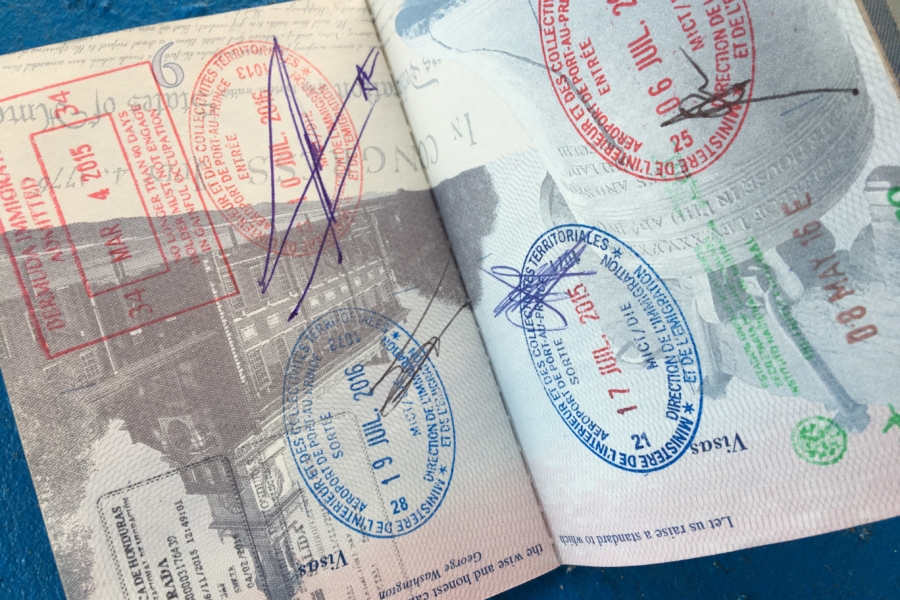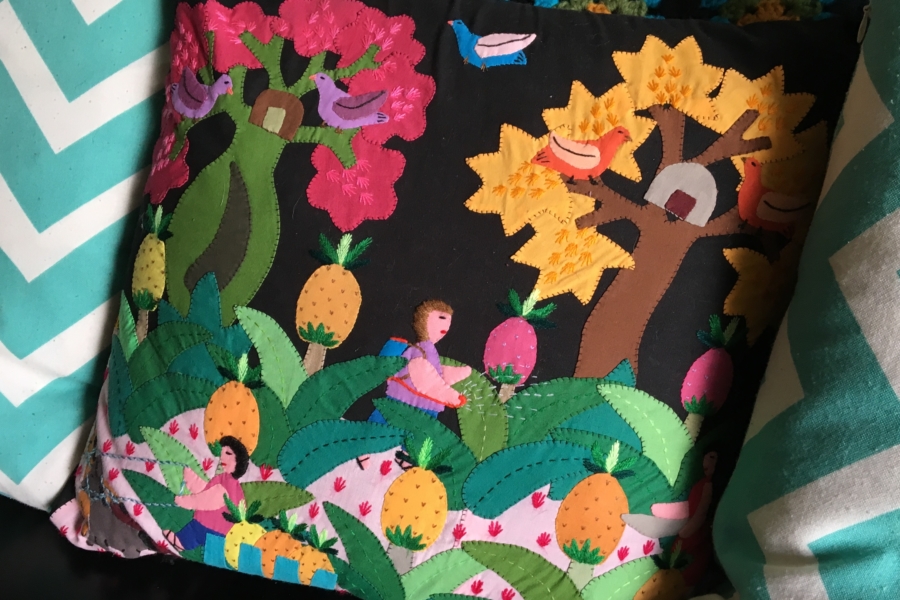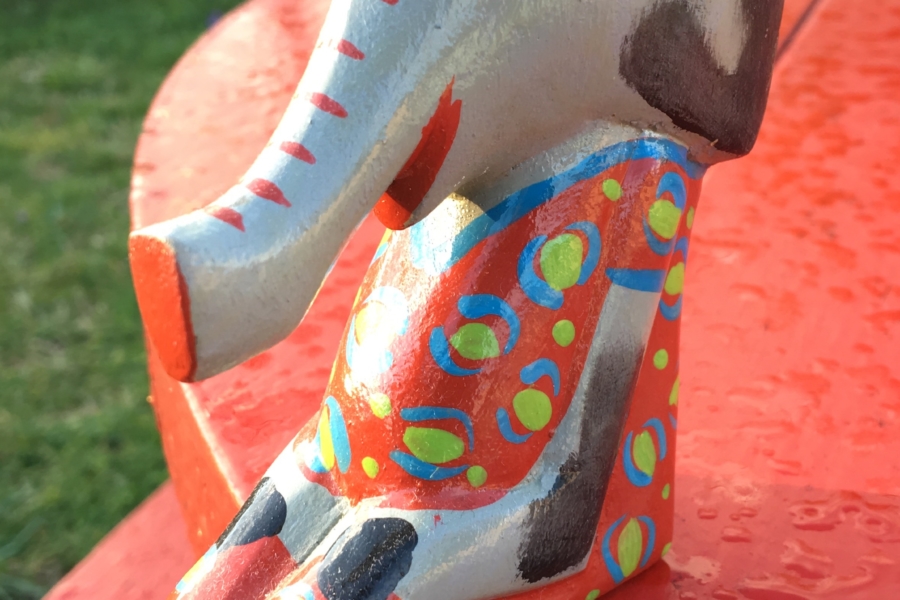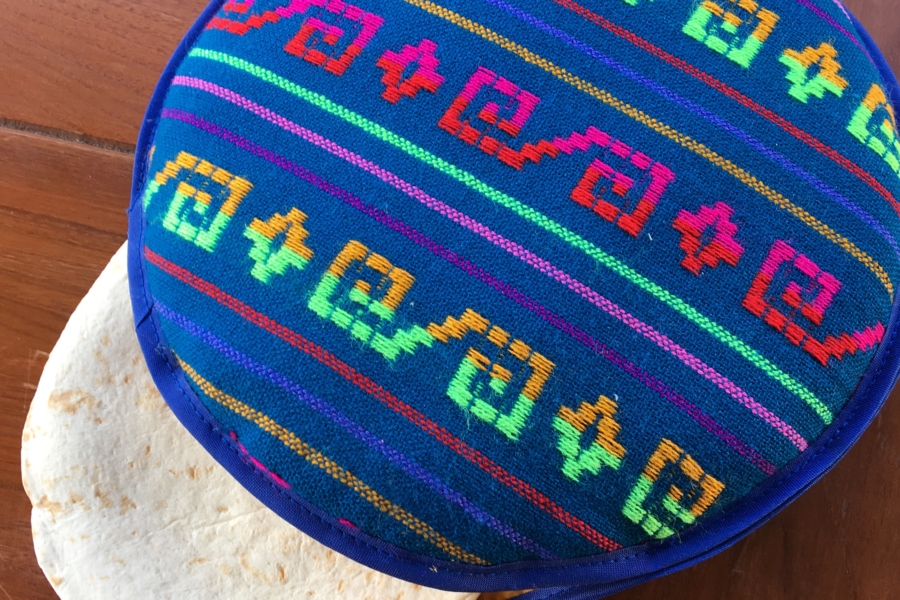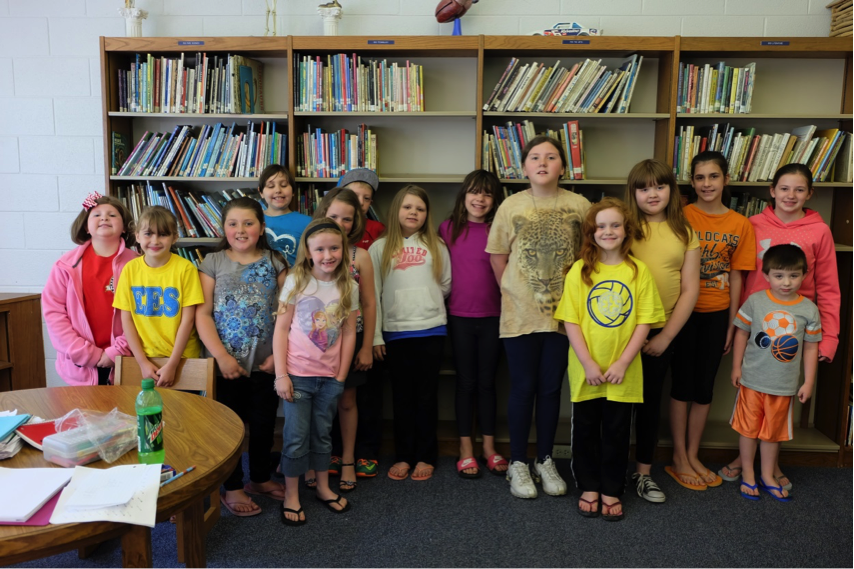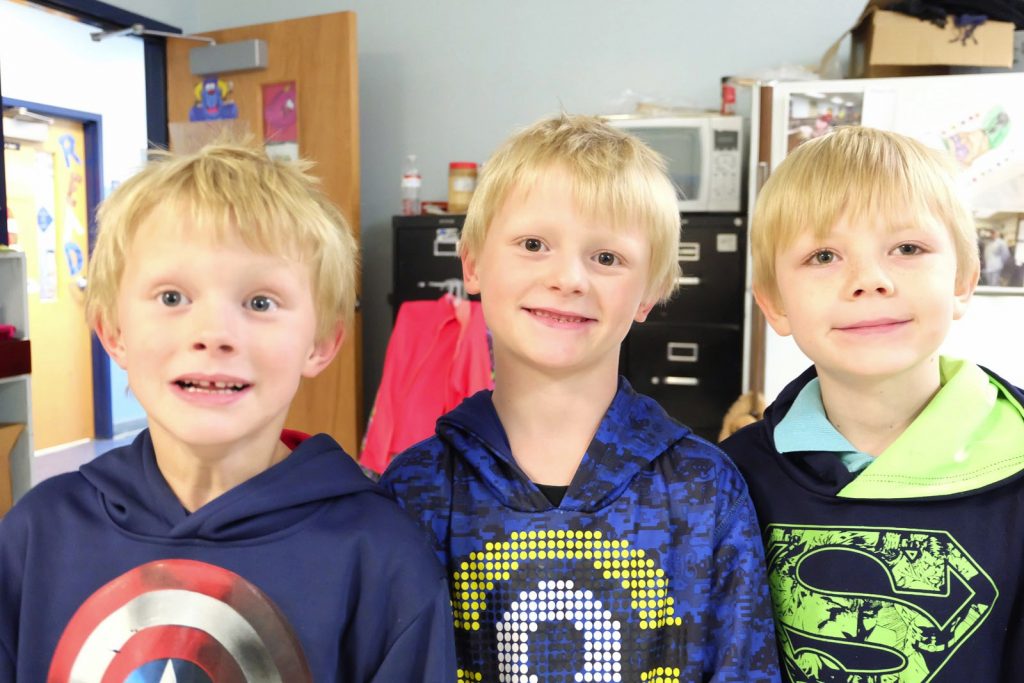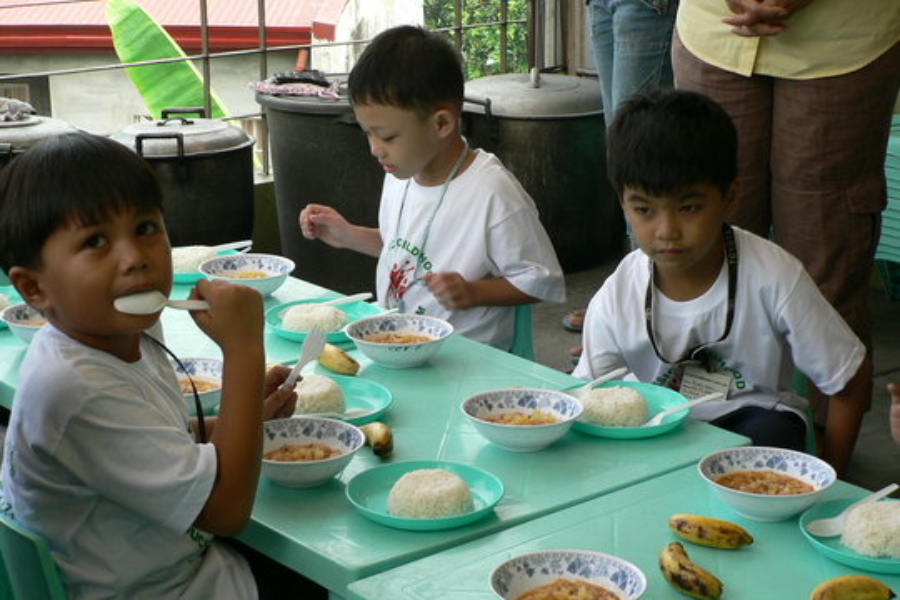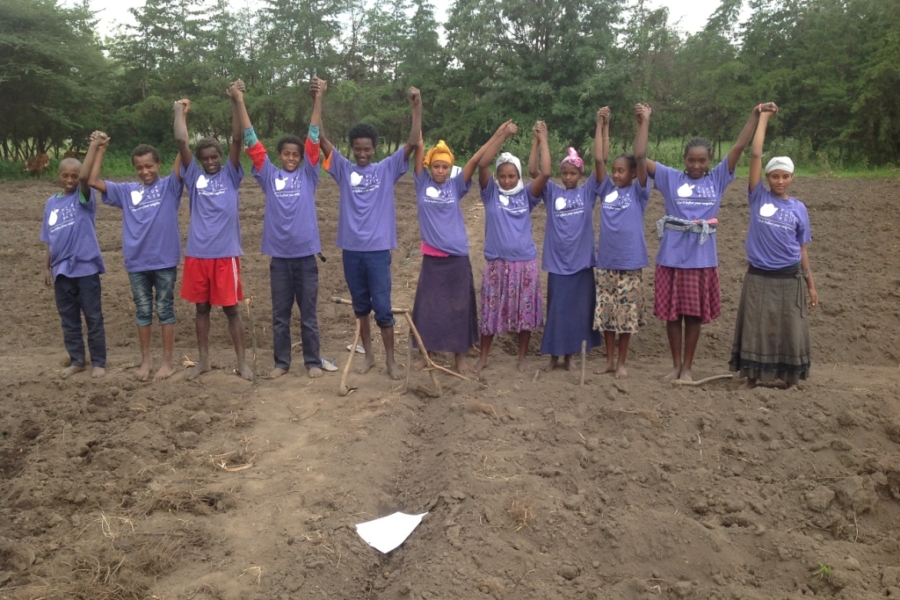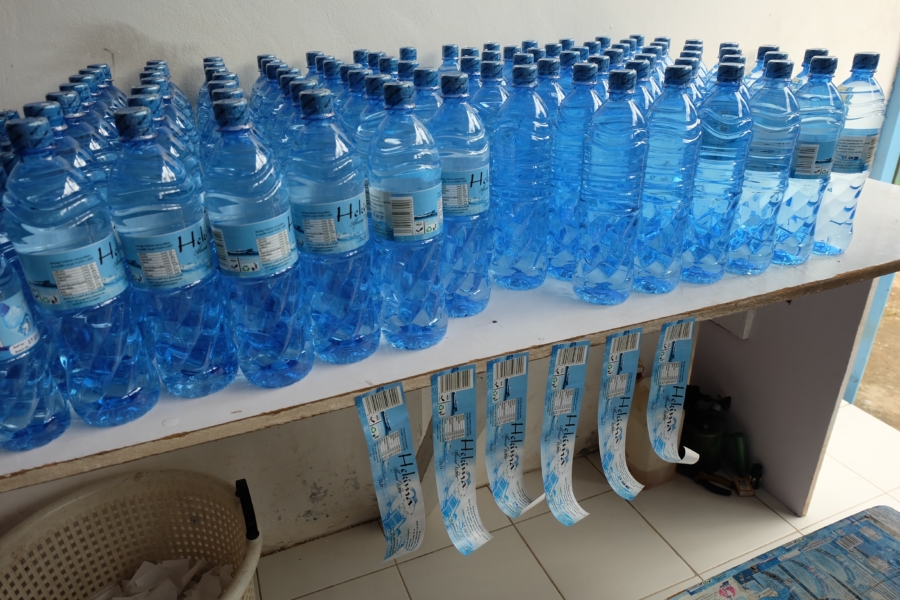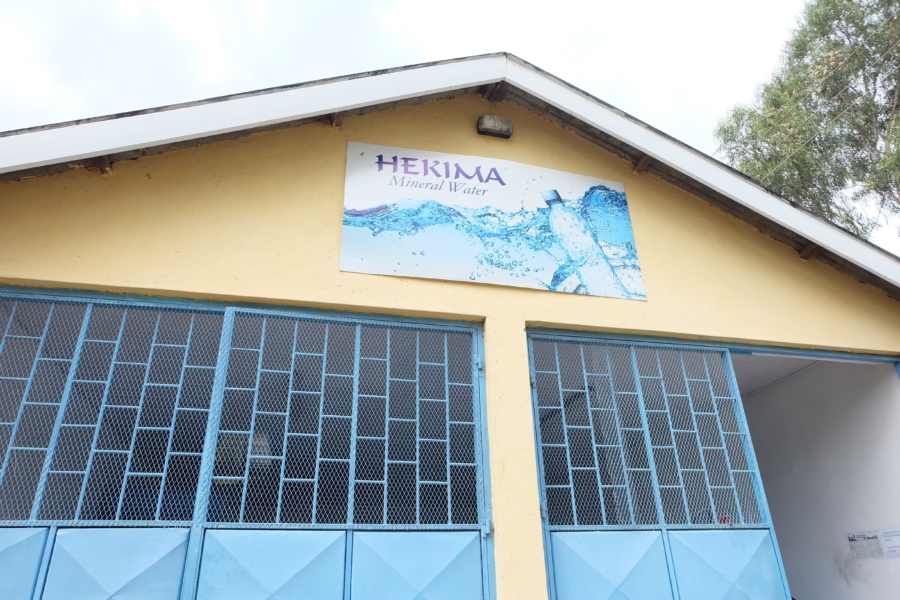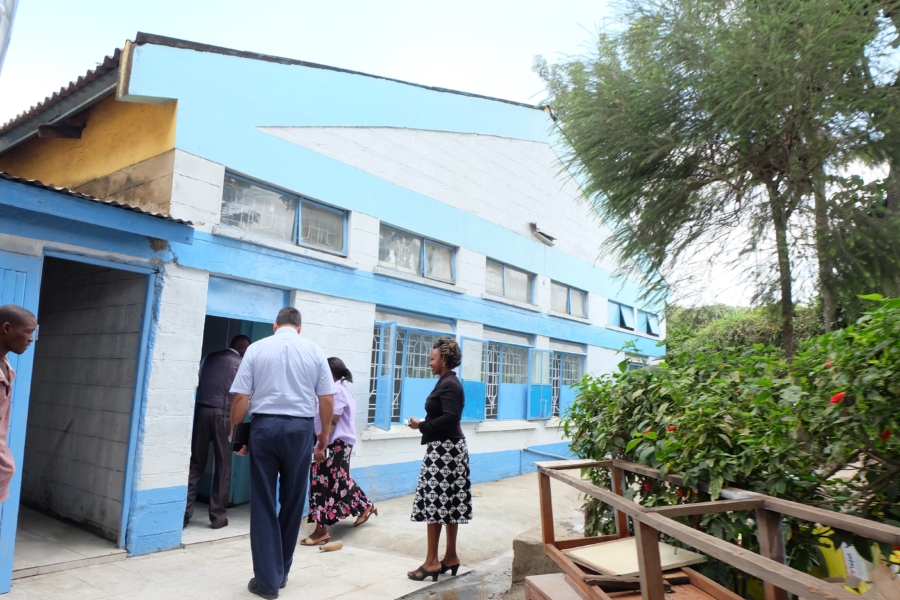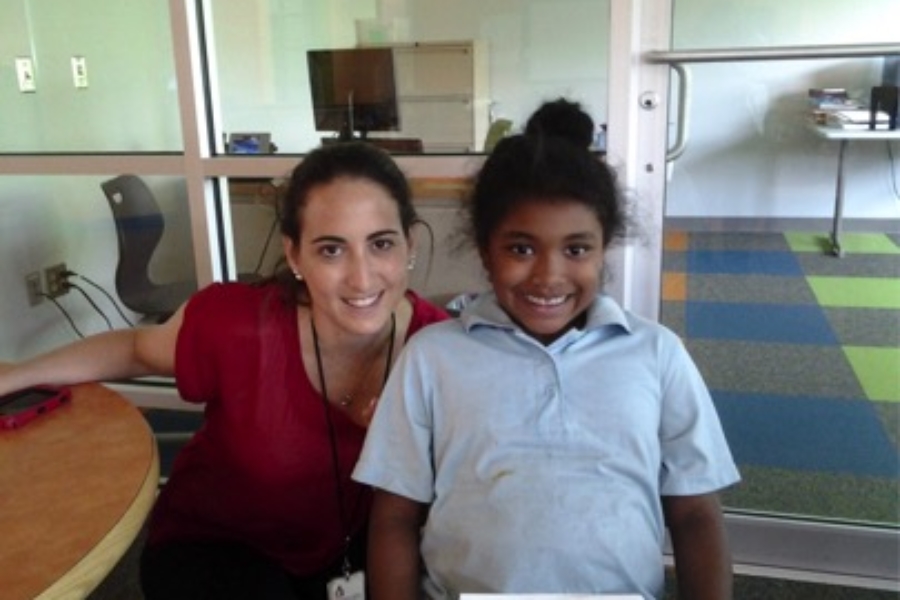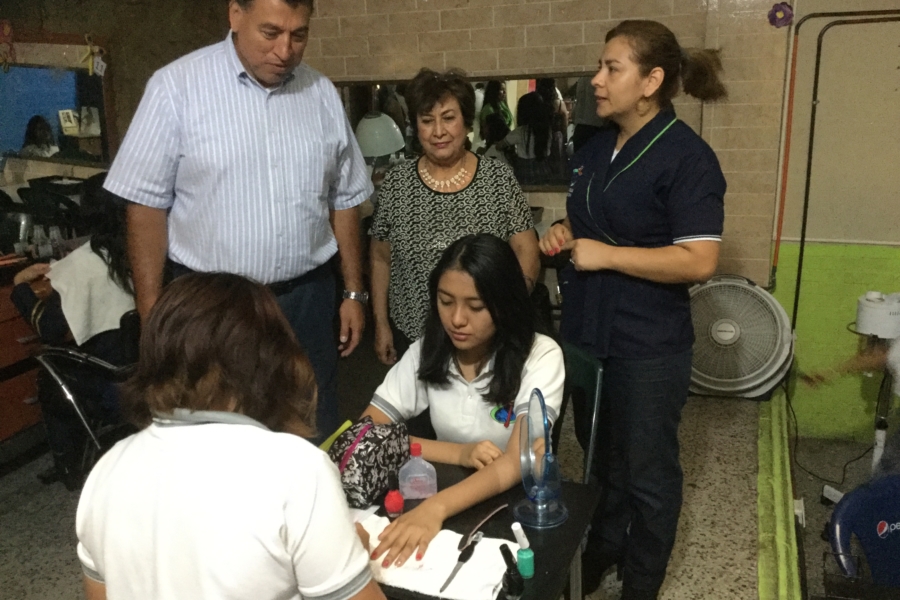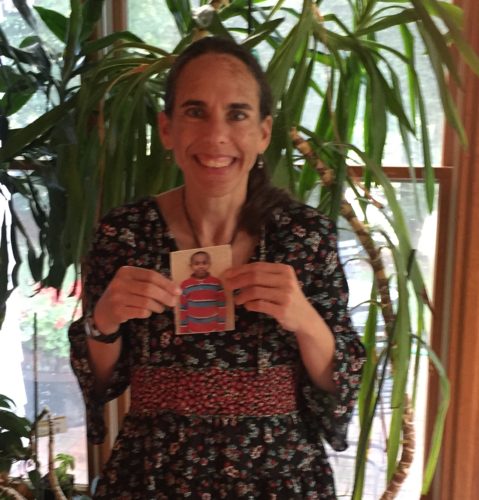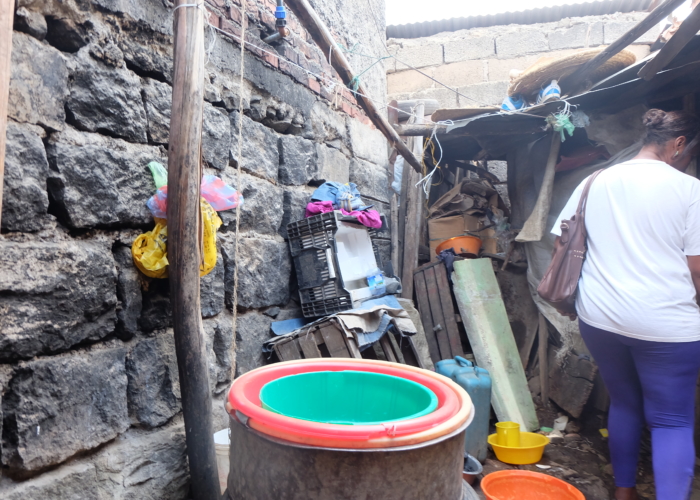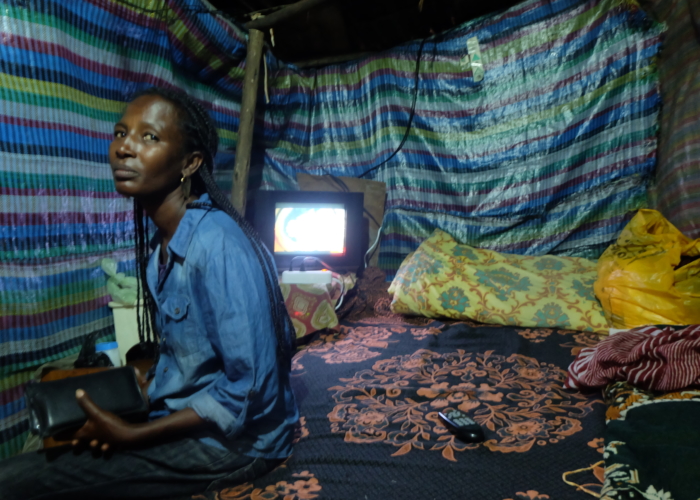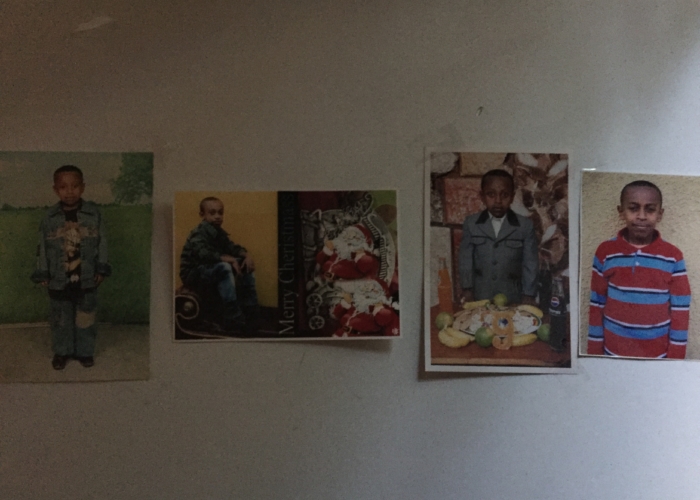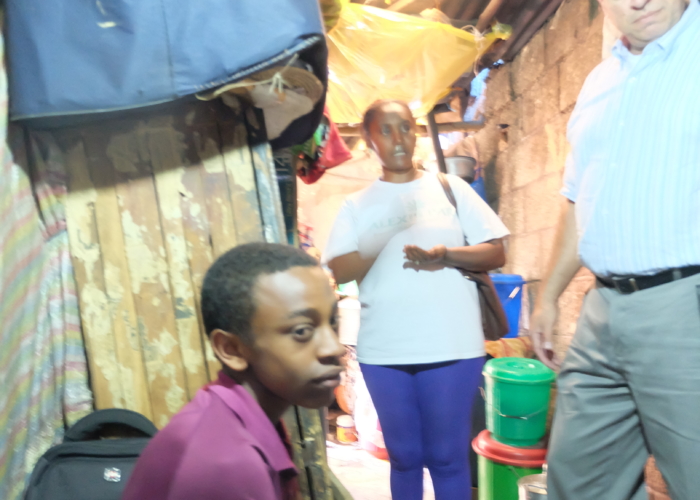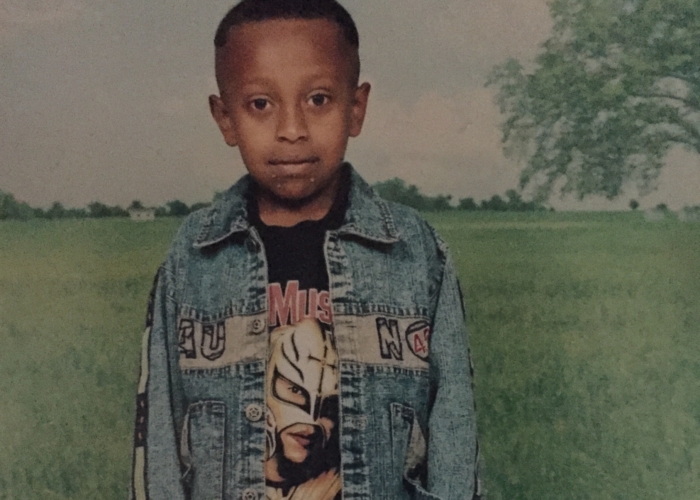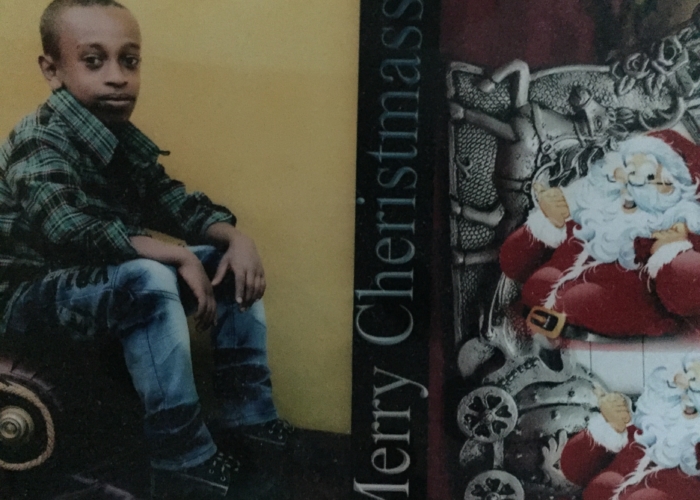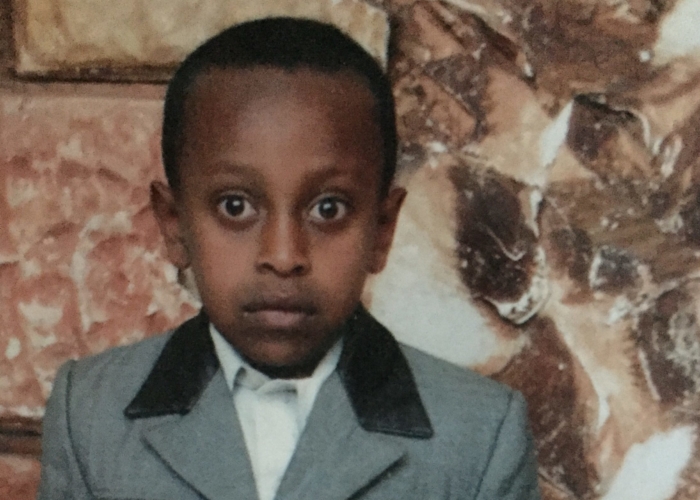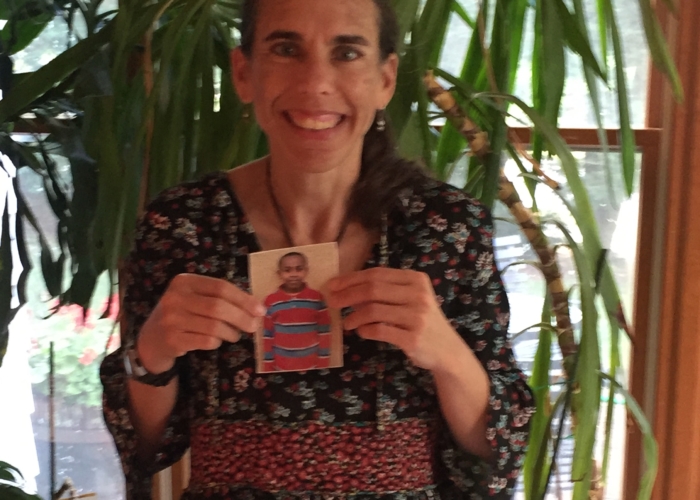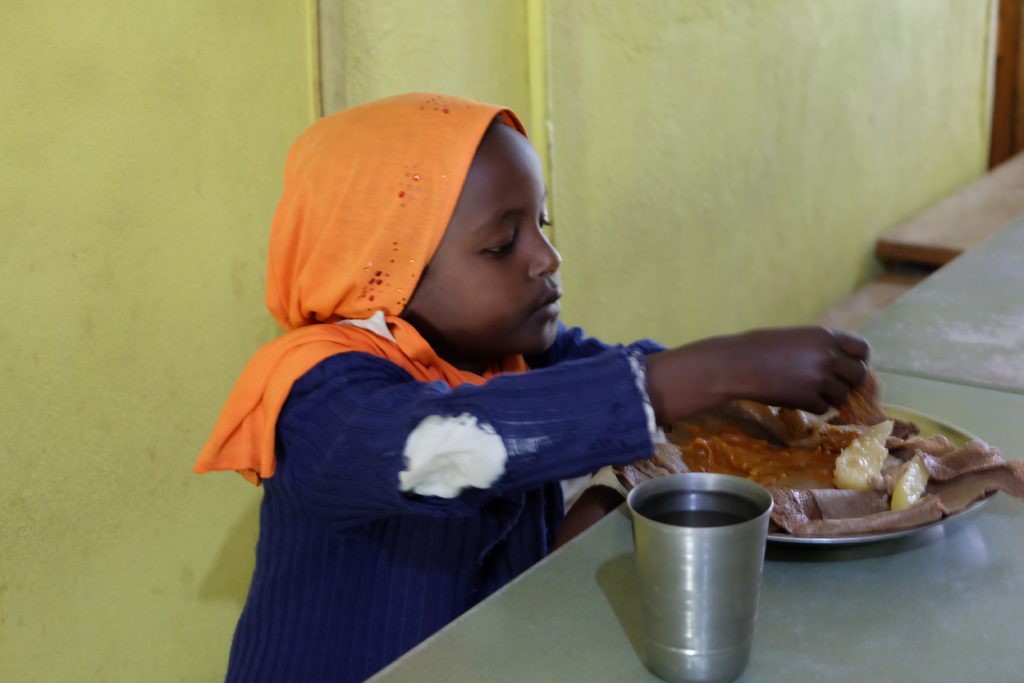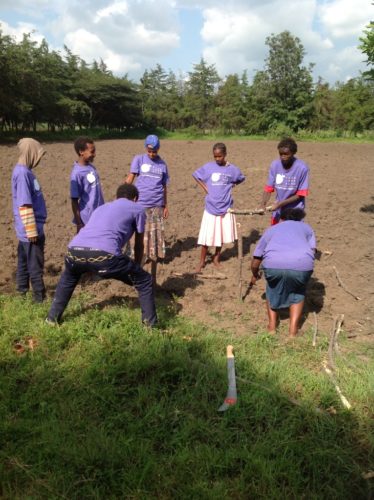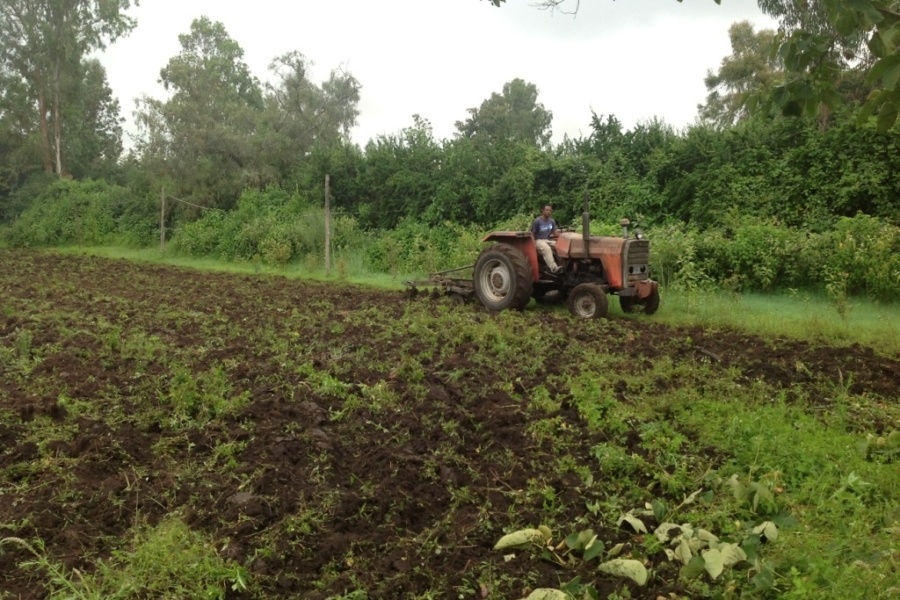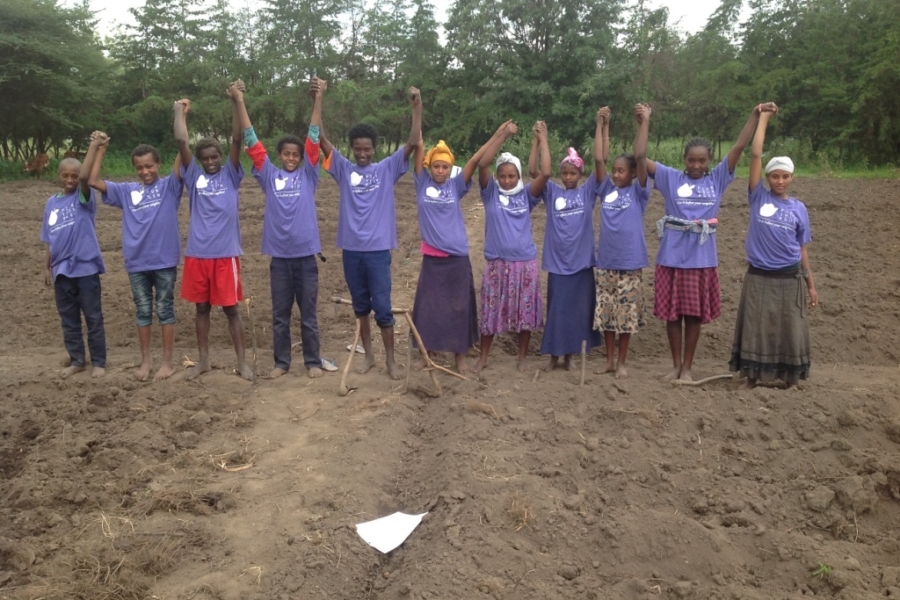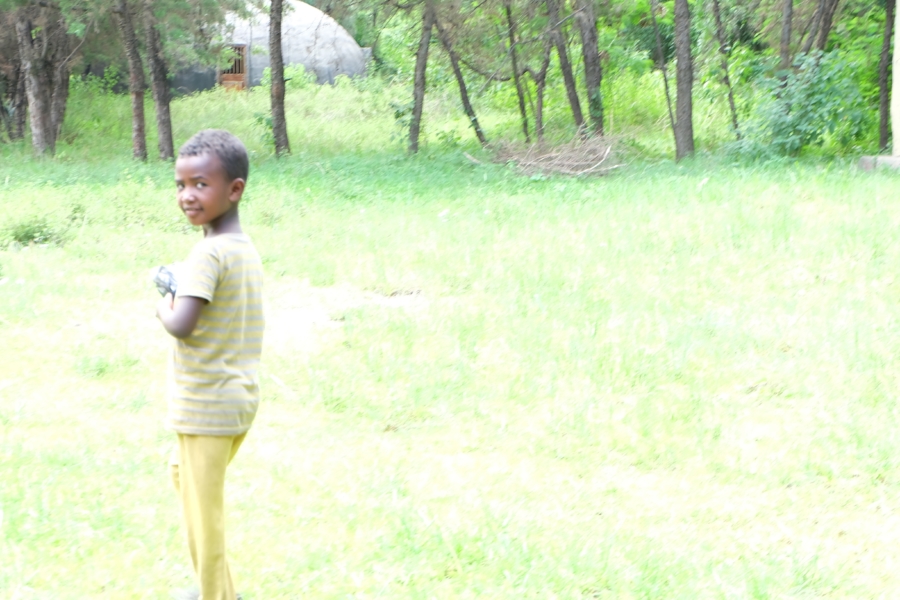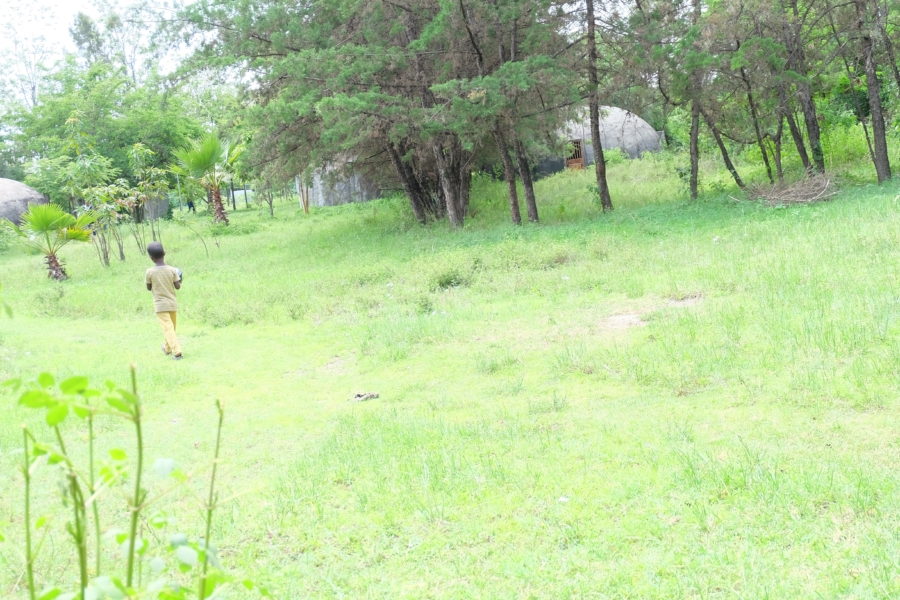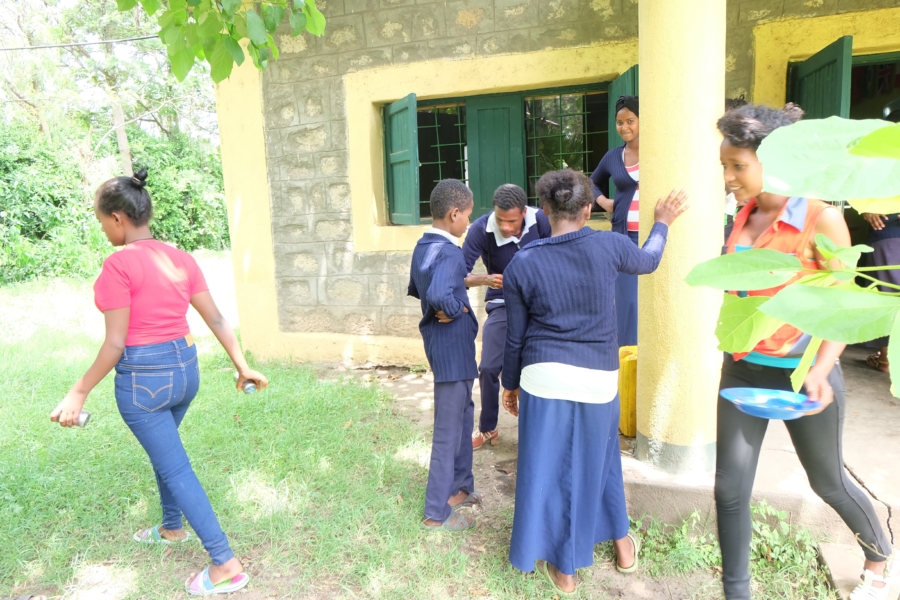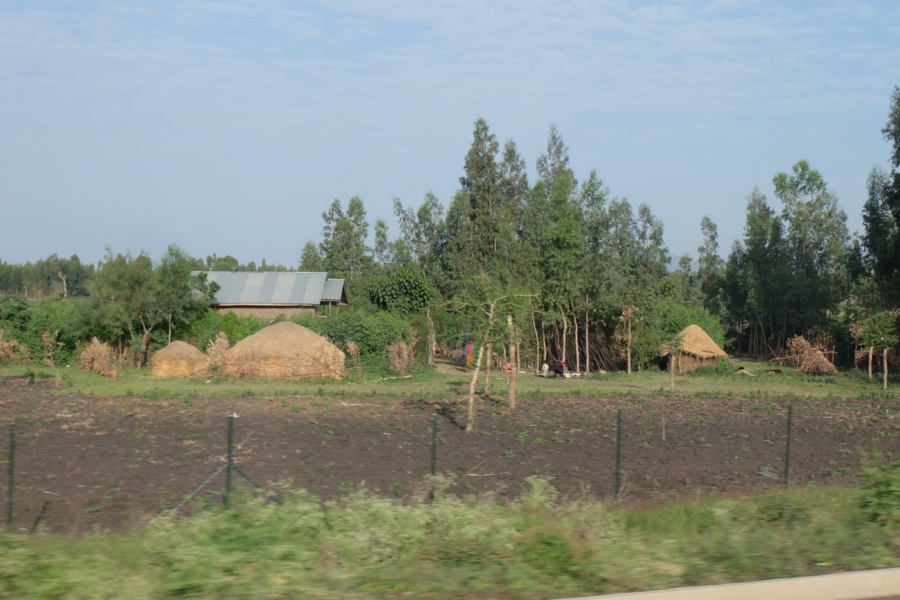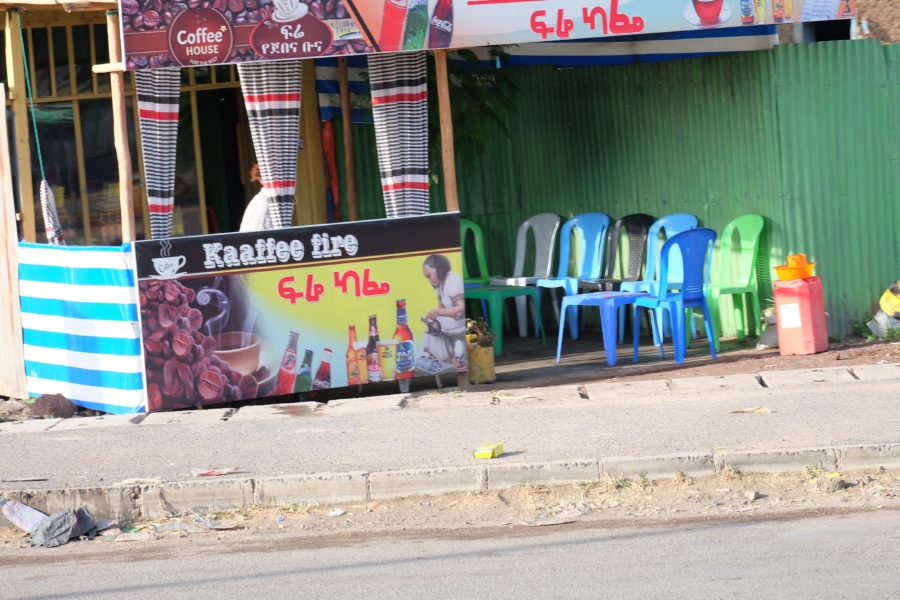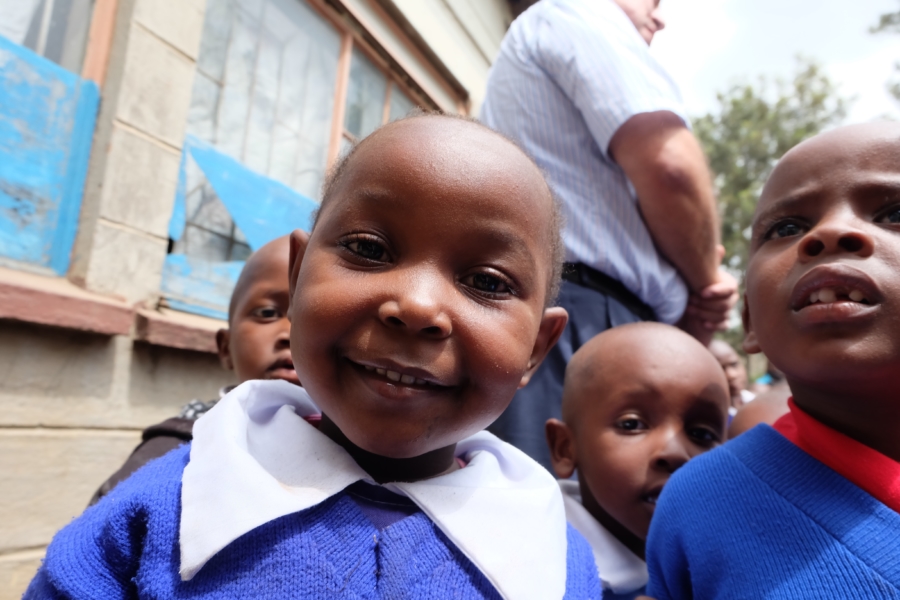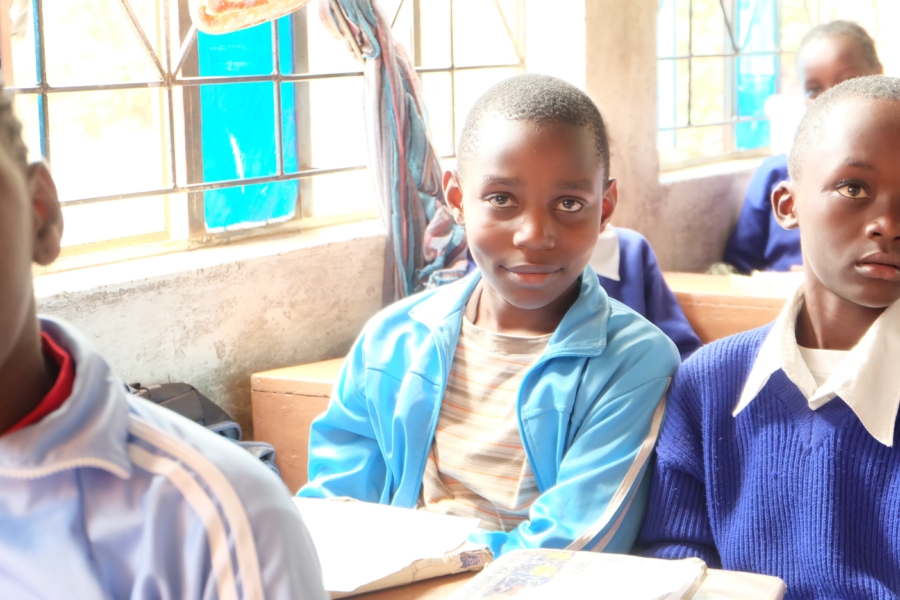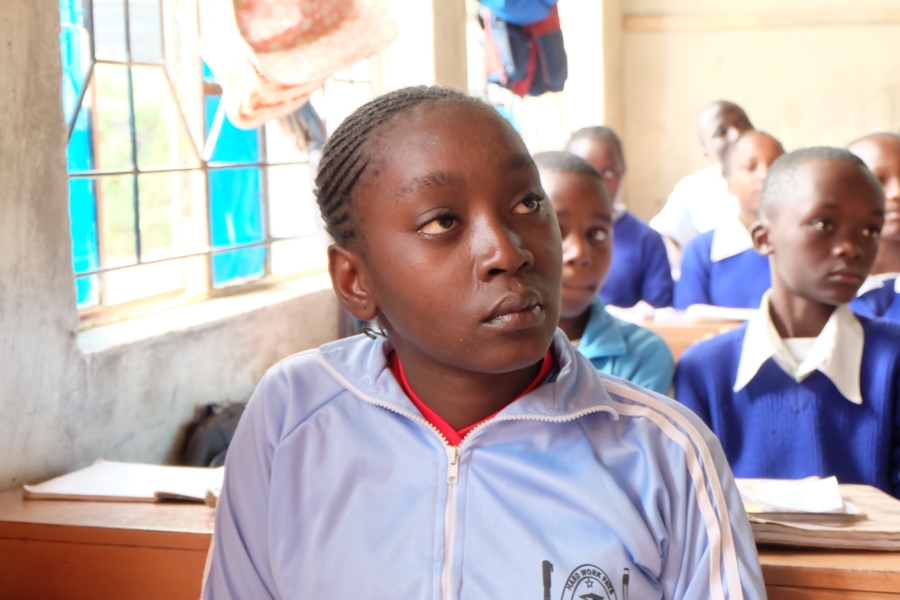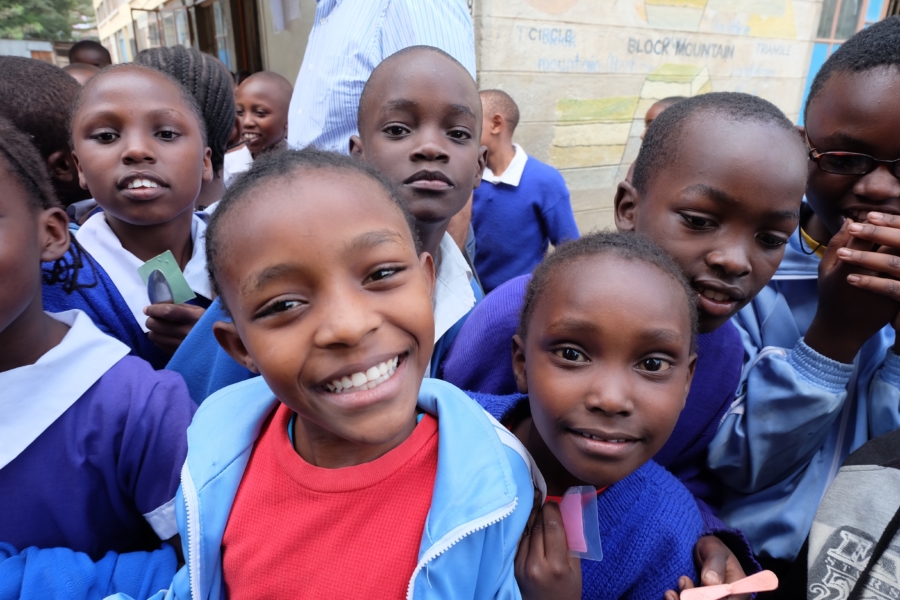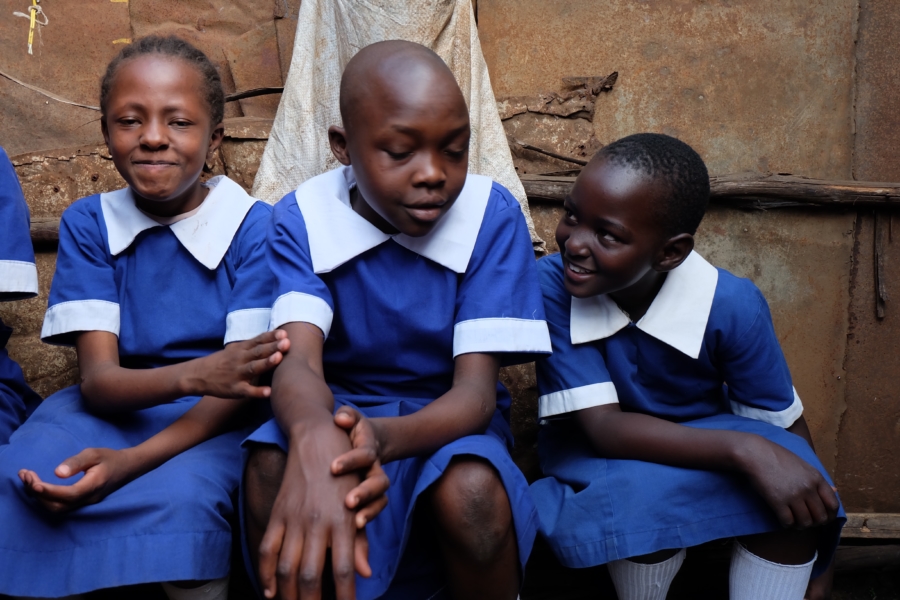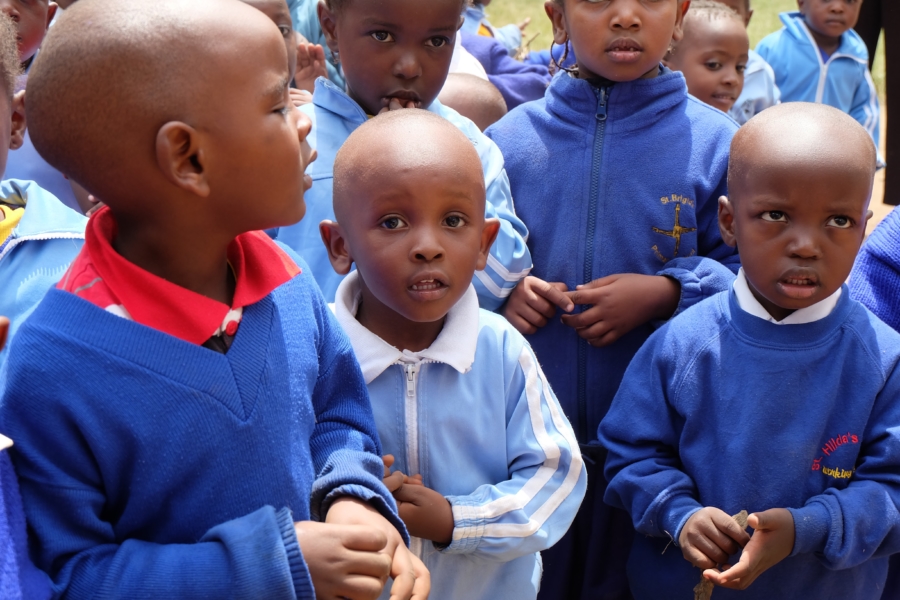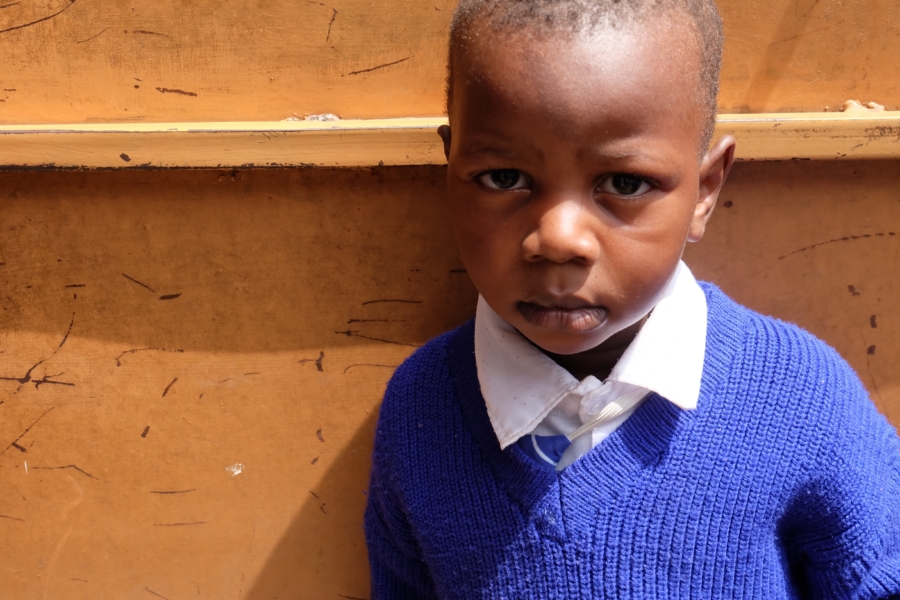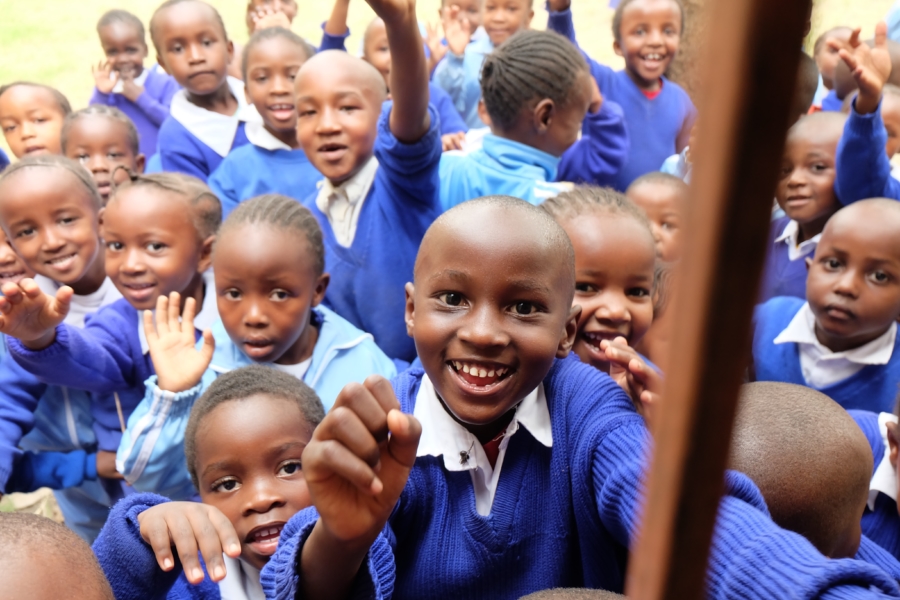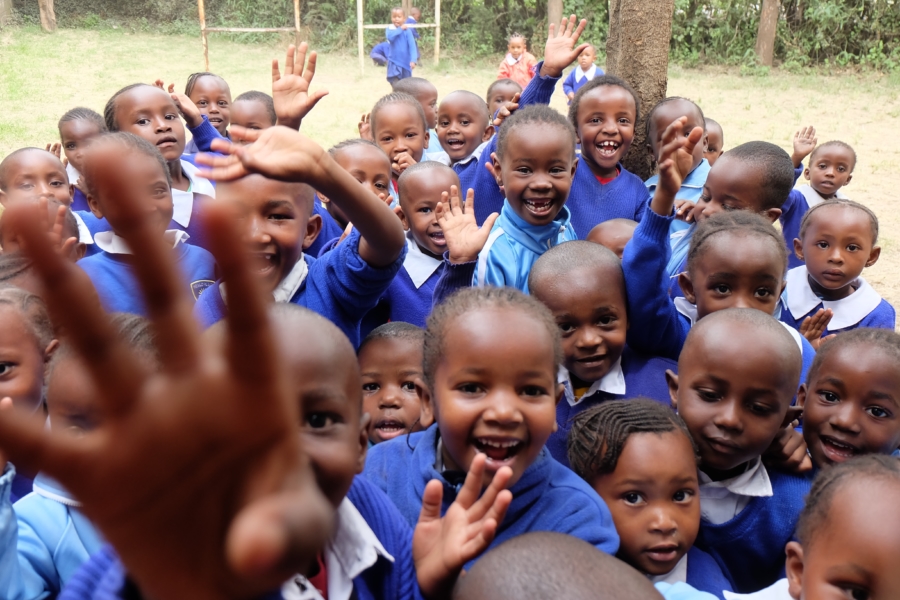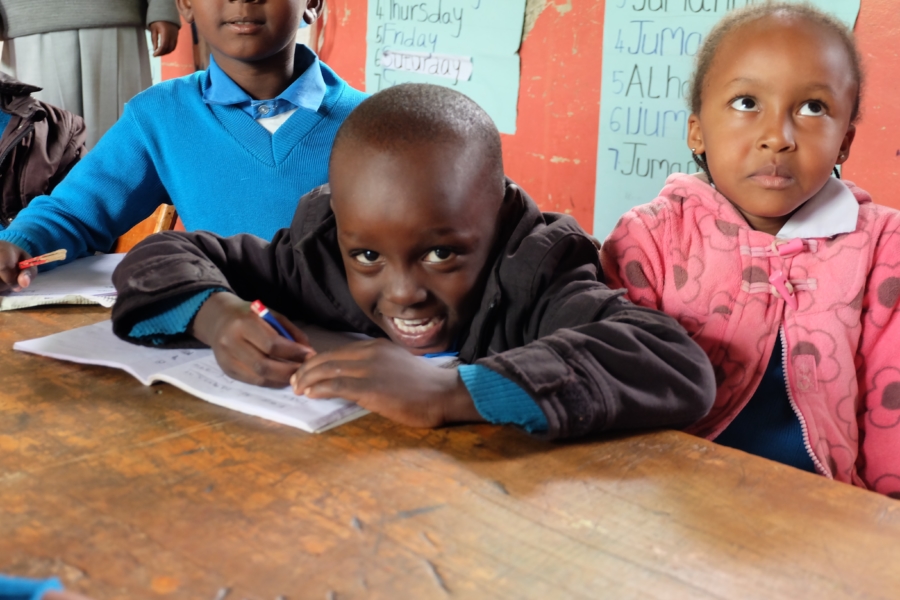Around this time last year, Children Incorporated’s Director of Development, Shelley Callahan, and Director of International Programs, Luis Bourdet, boarded a plane and set off on the first of many adventures together, On the Road. Side by side, the two traveled to dozens of projects around the globe, from as far away as Ethiopia, to as close to home as Kentucky.
The idea was simple: give readers a first-hand look at the impact of child sponsorship. “The day-to-day life in these towns is always a story of triumph over adversity,” Shelley had said. “We want our readers to have a front-row seat on our trips so they can see first-hand how Children Incorporated partnerships work on the ground.”

Luis and Shelley on their first trip together to Bolivia
The duo is preparing for several more trips in 2017. We caught up with Shelley to get her perspective on the series one year later – and to find out where On the Road will take us this year.
CI: It’s been a year since you and Luis first took readers “On the Road” to visit Children Incorporated projects in Bolivia. What is most memorable to you about that trip, and why?
SC: Going to Bolivia was my first international trip with Children Incorporated, and it really opened my eyes to the work we do. As the Director of Development, I understand how important it is to provide basic needs to our sponsored children, and I am aware of the impact that our sponsors and donors have on our children and their families, but seeing it firsthand in La Paz and in Santa Cruz was really life-changing for me.
Also, getting to see a larger, long-term project come to fruition was beyond amazing. Luis and I were invited to participate in the inauguration of the addition to the Montero School, which had been under construction for more than six months. Thanks to the support of Children Incorporated sponsors, the school now has enough classrooms to teach hundreds of children on a daily basis. We got to celebrate with the community there, and we stuck around to see the children try out their new classrooms. The sheer joy and excitement was extremely moving.
That’s precisely why we are doing this – to show what one person can do. It’s really something to witness, and I’m honored to share it with our readers.
We traveled all over Bolivia, and met so many incredible people, including Carla, a woman who graduated from an affiliate program of ours in La Paz. Carla was abandoned by her parents when they left Bolivia in search of work. She was raised by her grandmother, who struggled to support her granddaughter on meager earnings from the produce she sold at the local market.
With support from her sponsor, and under the guidance of our volunteer coordinator, Josefina, Carla successfully graduated from the Pedro Poveda School.
Now Carla is in college and working to save money to build a house. She lives with her husband, and they have a daughter together. And she still stays in touch with her sponsor after all these years! It was such a testament to the power of what one person can do, and just how a seemingly-small gesture, like donating $35 a month to a child, can be life-changing.
CI: Why did Children Incorporated decide to launch the On the Road series in the first place?
SC: We launched On the Road to bring our sponsors and donors along with us in order to show them the impact their contributions are making on children all over the world.
We could never have anticipated the reaction we had from our readers. I’ve heard many times over the past year that people really do feel as though they went on a trip with me – whether it was to South America, Africa, or in the U.S.
That’s precisely why we are doing this – to show what one person can do. It’s really something to witness, and I’m honored to share it with our readers.
CI: Has anything surprised you along the way?
SC: There are always lots of surprises when you travel, but what really amazes me is how this experience has helped develop my relationship with our donors. People comment all the time on the pictures we share and on the stories we tell about our travels around the globe. It’s really wonderful to share these experiences with our donors.

Luis with Carla, her daughter, and our coordinator, Josefina, in La Paz, Bolivia
CI: You started in Bolivia, and went on to cover site visits in Ethiopia, Kenya, and Mexico – and even in the U.S. Which was the most challenging? Which was the most rewarding?
SC: This is a hard question, because every country is different, and every project is different, too! But I have to admit that visiting the slums of Dandora and Pumwani in Kenya was especially difficult. Site visits can be physically and emotionally draining at times. Long days of traveling to projects, having meetings, and interviewing children and their families already requires a great deal of stamina, but when you see the conditions the children live in, and you so desperately want more for them in life, it takes a toll.
Of course, out of the toughest challenges are the greatest rewards. In the bleakest of environments, I’ve seen up-close how sponsorship is making an impact. Most of the children we serve abroad would not be able to attend school if it weren’t for their sponsorship through Children Incorporated – it simply wouldn’t be possible. In many cases, school is the only safe haven available to these children. And in the U.S., sponsorship helps in ways that are so important. For example, there are children in Kentucky who are going to school in literally broken flip flops in the middle of the winter, with no coat – and they’re going home on the weekends to a house with no food. Sponsorship keeps those children warm and fed.
CI: Is there a place you wish you could have stayed longer? Why?
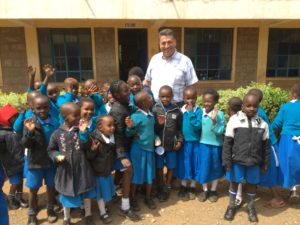
Luis with sponsored children in Kenya
SC: I think I could have stayed in all of these places longer, because our coordinators are so welcoming and grateful for what Children Incorporated is able to do because of our donors. I have felt at home visiting all of our sites. But it would have been really cool to stay in Ethiopia longer, because we had provided some funds to help our affiliate project Kids Hope start a large garden to be maintained by the older sponsored children, to teach them and to provide food for the project – and I would have loved to have seen them get that going. They have since sent pictures, and it looked like everyone was having a lot of fun!
Of course, out of the toughest challenges are the greatest rewards. In the bleakest of environments, I’ve seen up-close how sponsorship is making an impact.
CI: Of all the On the Road stories you published last year, which is your favorite? Why?
SC: Tough question! One particular story that stood out is “Two Wheels and the Wind in Your Hair,” about the sponsor who donated bikes to children in Eastern Kentucky. It was so impactful because I got to be a part of so much of it – connecting with Claudette Gurley of New Hampshire, who had raised the money to purchase the bikes in memory of a friend who had passed away; actually going to Walmart and purchasing the bikes; presenting the bikes to the kids; and then meeting their parents when we dropped the bikes off at their houses. It was all very moving – to see the excitement on the faces of the children. I will never forget one of the boys saying, “I don’t know her (about the donor), but tell her I love her!”
CI: You’ve traveled extensively all over the globe for many years. What’s your best advice to those who want to travel off the beaten path?
SC: I’ve been fortunate to have been able to see so much of the world. I’ve had the pleasure of visiting nearly sixty foreign countries in my lifetime. I’m grateful for the opportunity to travel with Children Incorporated, and to see firsthand the impact of sponsorship in the lives of the children we serve.
My best advice for any traveler is to have an open mind. Accept whatever comes your way, and respect all cultures and traditions, even if your natural reaction is to try to do things the way you are accustomed to at home. It’s always good to ask questions of everyone you meet – on the airplane, your host, someone who works at a local store. You will find out the best, most interesting information about a country from the locals, and you will hear the most fascinating stories from nationals. It is the only way to get a real, full idea of what life is like in a foreign country. And don’t forget to write it all down! Sharing stories is the way to make the greatest impact – if we tell others’ stories, we can help change the lives of others in need, just like On the Road tries to do.
Sharing stories is the way to make the greatest impact – if we tell others’ stories, we can help change the lives of others in need, just like On the Road tries to do.
CI: Did you bring home any souvenirs from the places you visited? What were they and why are they special?
SC: The best souvenirs are the ones that our volunteer coordinators or the children’s families give me, because they are personal and thoughtful. I have to say that the most moving gift I received was hand-painted tablecloths from the mothers of sponsored children at the Montero Home in Bolivia. They took hours to paint beautiful flowers on the tablecloths, which we would see in homes in Bolivia. It is hard to accept gifts from families that are in need, because they could sell them for money instead of give them to me; but it is the most heartwarming gesture, and a gift that will always remind me of these special people whom I have had the privilege of meeting and spending time with.
CI: You are gearing up for more travels soon. Where will you take readers in 2017?
SC: I will be in Costa Rica in May, visiting the La Milagrosa Center, the Costa Rica Center, and the Santa Luisa Center; and we will be distributing shoes to the children there, which is very exciting. On the same trip, I will also visit our projects in Nicaragua, which include the La Recoleccion Home and the Casa Betania Welfare Center – both homes where we support children living in poverty.
In July, Luis and I will be visiting projects in both Sri Lanka and India. We are currently trying to partner with another non-profit organization to take water filters to our children and their families in some of the schools we work with in Hyderabad, India, which is so important. Closer to the end of the year, we will be visiting projects in the Philippines – the details are yet to be determined, but in the past, Luis has taken eyeglasses with him to provide additional support for children and their parents.
***


